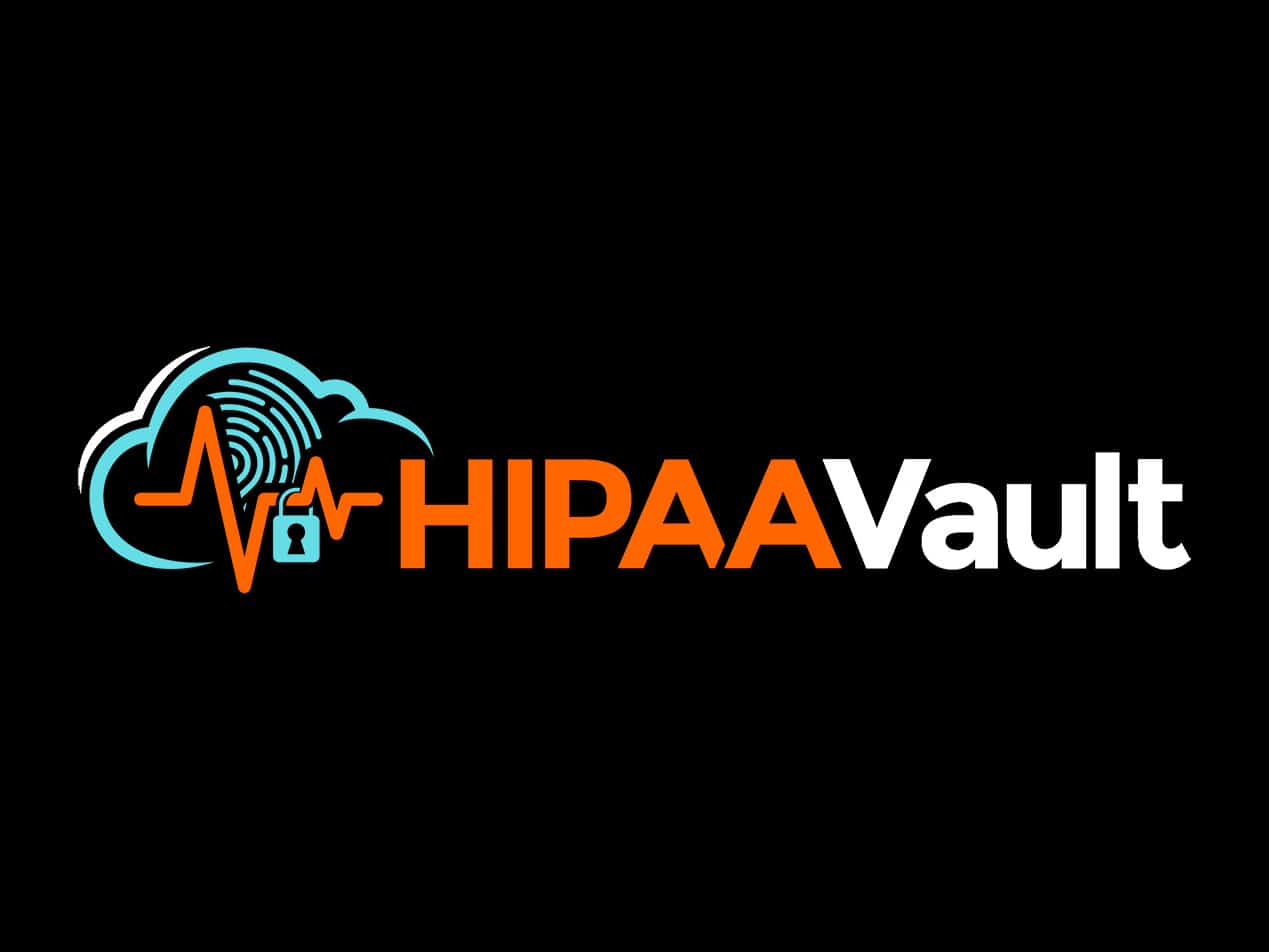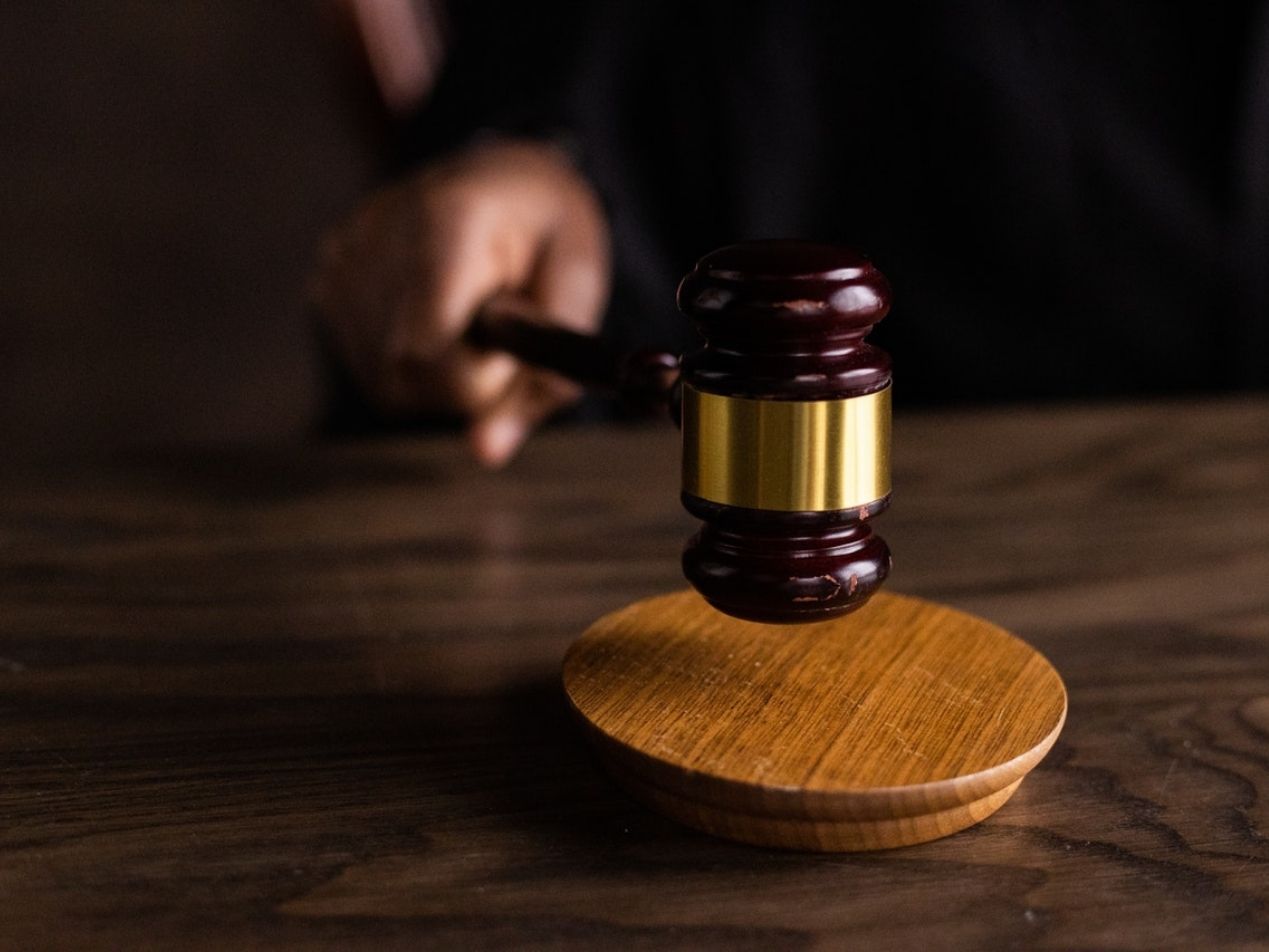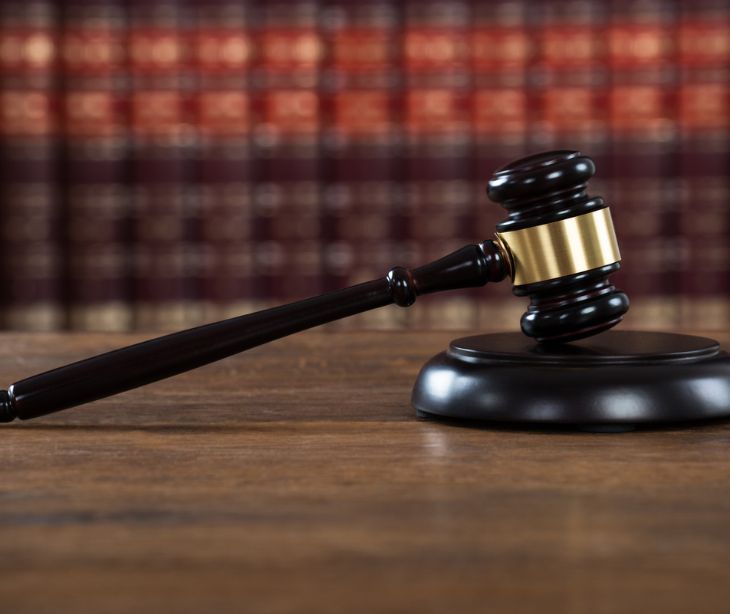
Both HIPAA and OSHA play roles in protecting individuals' health information and ensuring workplace safety.
What is the Occupational Safety and Health Act?
The Occupational Safety and Health Act (OSH Act) is a safeguard for workers across a variety of industries. The OSHA guidance document provides that it, “...makes it clear that
the right to a safe workplace is a basic human right.” It serves to establish the Occupational Safety and Health Administration (OSHA), a federal agency charged with enforcing these safety standards.
OSHA enforces regulations and develops specific safety and health standards to tackle workplace hazards more effectively. The Act underscores the responsibilities of employers to adhere to these standards, provide necessary training and resources, and keep the workplace safe. Additionally, it empowers employees to report unsafe conditions without fear of retaliation, request OSHA inspections, and enjoy protection as whistleblowers, further enhancing workplace safety.
See also: The seven building blocks of HIPAA compliance
Who does it apply to?
Private sector employers
The OSH Act covers all private sector employers engaged in a business affecting commerce, regardless of the size of the business or the number of employees.
Public sector employers
The OSH Act applies to state and local government agencies, including public schools and universities. However, the Act's coverage for public sector employees can vary depending on the state's decision to implement OSHA-approved state plans or come under federal OSHA jurisdiction.
Federal agencies
Federal agencies and their employees are covered by the OSH Act, but they have separate OSHA compliance offices within each agency to enforce safety regulations.
Certain non-profit organizations
The OSH Act covers Some non-profit organizations if they engage in business activities affecting commerce.
See also: Staying up to date with regulatory changes in healthcare
Where HIPAA and OSHA intersect
HIPAA and OSHA intersect in their efforts to protect employees' health and safety in different aspects of the workplace. While HIPAA focuses on safeguarding the privacy and security of individuals' health information in healthcare settings, the OSH Act concentrates on ensuring safe working conditions across all industries. The intersection between these two regulations lies in healthcare facilities where healthcare workers handle sensitive patient information while facing various workplace hazards.
In such settings, employers must adhere to both HIPAA's privacy and security requirements to protect patient data and OSHA's safety standards to safeguard healthcare workers from physical risks and occupational hazards. There are several standards set by OSHA that apply to healthcare workers. This includes
- Bloodborne pathogens standard: This standard protects healthcare workers from exposure to bloodborne pathogens, such as HIV, hepatitis B, and hepatitis C, that can be transmitted through contact with blood or other potentially infectious materials.
- Personal protective equipment (PPE) standard: The PPE standard applies to healthcare workers who may face various hazards, including exposure to infectious agents, chemicals, and physical hazards.
- Respiratory protection standard: This standard is vital for healthcare workers dealing with airborne hazards, including infectious agents like tuberculosis or airborne viruses.
- Hazard communication standard (HCS): Healthcare workers may encounter hazardous chemicals and drugs during their duties.
- Exit routes and emergency action plans: This set of standards ensures healthcare facilities have clear and unobstructed exit routes for emergency evacuations and comprehensive emergency action plans.
OSHA and HIPAA compliance
Healthcare organizations must simultaneously address HIPAA and OSHA requirements to protect patient data, maintain privacy, and ensure the well-being of their employees. HIPAA compliance focuses on protecting the privacy and security of patients' health information, ensuring its confidentiality and integrity. Covered entities, such as healthcare providers, health plans, and healthcare clearinghouses, must implement measures to safeguard electronic health information and control access to it.
On the other hand, OSHA compliance pertains to workplace safety, aiming to protect employees from occupational hazards and injuries. Businesses, including healthcare facilities, must adhere to OSHA's safety standards, provide necessary training, and maintain a safe working environment.
See also: HIPAA Compliant Email: The Definitive Guide
FAQs
What is the job of the OSH Act?
The job of the OSH Act is to ensure a safe and healthy work environment by setting and enforcing safety standards and providing training, outreach, education, and assistance.
What is HIPAA?
Health Insurance Portability and Accountability Act is a law that protects the privacy and security of individuals' medical records and other personal health information.
What is compliance?
Compliance refers to the act of adhering to laws, regulations, and standards.
Subscribe to Paubox Weekly
Every Friday we'll bring you the most important news from Paubox. Our aim is to make you smarter, faster.




